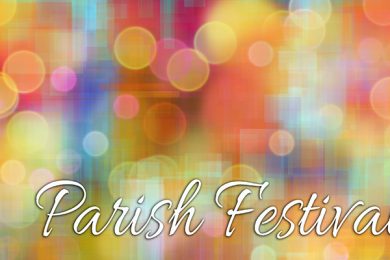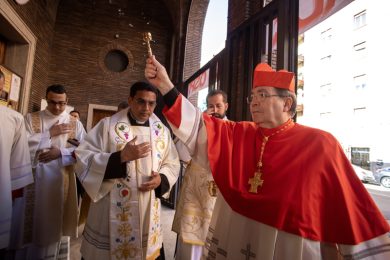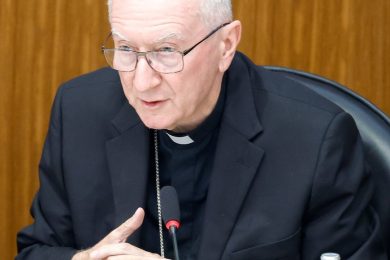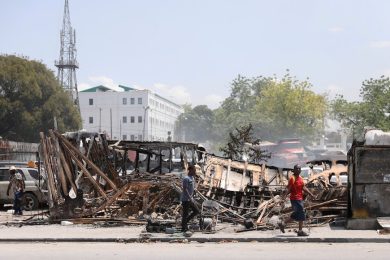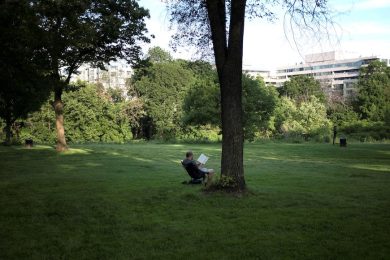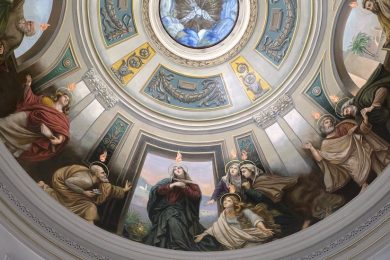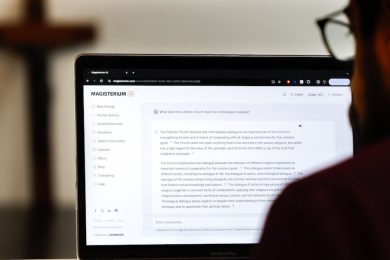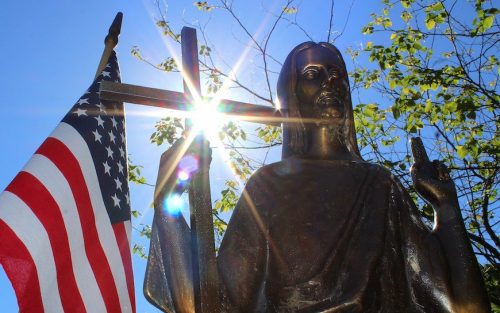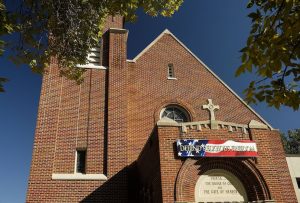
By Kate Scanlon | OSV News
A new annual report by the U.S. bishops’ conference identifies five top threats to religious liberty in the United States, including a federal regulation it says could impose mandates on doctors to perform objectionable procedures and threats to the church’s service to people who are migrants.
The U.S. Conference of Catholic Bishops’ first annual “State of Religious Liberty in the United States,” published Jan. 16, said potential threats to religious liberty in the United States largely come in the form of federal regulations or cultural trends.
Five key areas of concern, the 48-page report said, include attacks against houses of worship, especially in the aftermath of the Israel-Hamas conflict; the Section 1557 regulation from the U.S. Department of Health and Human Services, which the report said “will likely impose a mandate on doctors to perform gender transition procedures and possibly abortions”; threats to religious charities serving migrants and refugees, “which will likely increase as the issue of immigration gains prominence in the election”; suppression of religious speech “on marriage and sexual difference”; and the Equal Employment Opportunity Commission’s Pregnant Workers Fairness Act regulations, which the report said “aim to require religious employers to be complicit in abortion in an unprecedented way.”
The report’s introduction said that due to a divided federal government, “most introduced bills that threatened religious liberty languished,” resulting in threats in the form of “proposed regulations by federal agencies,” or cultural trends such as growing partisanship over migration.
The report noted the U.S. Supreme Court only heard two cases implicating religious liberty in 2023, “but in each case the Supreme Court ruled for broader protections — for religious exercise in the workplace, in Groff v. DeJoy, and for free speech based on religious beliefs, in 303 Creative LLC v. Elenis.”
Other areas of concern identified in the report include some state bills making clergy mandatory reporters for abuse without an exception for the seal of the confessional. As the report notes, “For Catholic priests, breaking the confidentiality of statements made during the Sacrament of Reconciliation — that is, breaking the seal of the confessional — is a grave offense, resulting in automatic excommunication from the Church.”
The report also identified partisanship within the church as an area of concern.
“This dynamic is not new, is not unique to Catholics, nor will it disappear anytime soon,” it said. “But it will be especially salient in 2024, and the long-term standing of the Church in the public square requires a conscious and sustained turn — away from partisanship and toward the Gospel.”
Bishop Kevin C. Rhoades of Fort Wayne-South Bend, Indiana, chair of the USCCB’s Committee for Religious Liberty, who oversaw the report, told OSV News that the committee began this annual report in order to “educate the faithful” and “motivate people to get involved in promoting and protecting religious liberty.”
Bishop Rhoades noted that threats to houses of worship remain a significant cultural concern, as Catholic churches and organizations saw vandalism and other crimes in the wake of the U.S. Supreme Court’s Dobbs v. Jackson Women’s Health Organization decision in 2022 that overturned prior rulings by the high court making abortion access a constitutional right; other faith traditions have seen more violence occur at their places of worship, such as the 2018 mass shooting at a Pittsburgh synagogue.
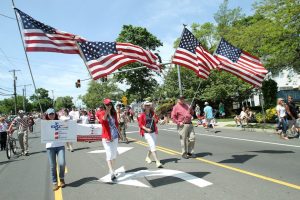
Dan Balserak, the USCCB’s religious liberty director and assistant general counsel, told OSV News the committee’s work has historically centered on “legal problems.”
“Things are such now these days that we are actually having to worry about the physical health and safety of people in their place of worship,” Balserak said. “Which is pretty disturbing.”
Both Bishop Rhoades and Balserak said that a growing cultural divide on the issue of migration also threatens to imperil the church’s service to people who are migrants and refugees.
“The church’s mission, you know, is we’re to serve, serve the poor and the needy. That’s part of our mission to the corporal works of mercy, so welcoming the stranger,” Bishop Rhoades said, an act of mercy demanded by Jesus Christ in Matthew 25 when he renders justice at the final judgment. “And we’re talking here about basic needs: sometimes food, sometimes shelter, clothing and other kinds of assistance. The church has always done this and it’s just part of our Christian responsibilities.”
Bishop Rhoades said some have suggested that “somehow the church is contributing to illegal immigration” through such service.
“Comprehensive immigration reform is something that the Catholic Church in the United States has been advocating for for decades,” he added. He said “our provision of humanitarian aid to human beings who are in need” is needed regardless of whether and how Congress would act.
Balserak said, “It seems that the role that religious charities play in the immigration system as service providers — helping immigrants get a place to sleep, get a meal, understand their legal obligations, the role that religious charities play in that regard — has been essentially scapegoated.”
The real burden of responsibility is with Congress which has failed to address “the immigration problem that the immigration crisis has created.”
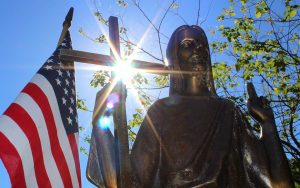
Charities that ensure “newcomers who arrive in America deserve to have their basic human needs met” are sometimes then accused of “conspiratorial, outlandish stuff — like you know, facilitating ‘the great replacement.'”
The so-called “great replacement” theory is a conspiracy theory advanced by white supremacists in which they claim people of other races plot to eliminate the white race. The racist theory was amplified recently by Vivek Ramaswamy at a GOP presidential primary debate prior to dropping out of the race after a distant fourth-place finish in the Jan. 15 Iowa caucuses.
Erroneous claims about the church’s service to migrants, Balserak said, could imperil their ability to partner with the federal government on services to migrants and on other projects.
“At the end of the day … what’s being proposed is basically if you exercise your religious beliefs in this particular way or area, we’re going to penalize you,” he said, calling those claims “a classic religious liberty threat.”
Both Bishop Rhoades and Balserak said the USCCB annual report concerns the landscape for domestic religious liberty, but the issue of religious liberty in the U.S. has echoes around the globe.
Bishop Rhoades said an erosion of that liberty would not only be “harmful to our country, and the principles on which our nation was founded, but also I think affects others around the world.”
“If you’ve been paying attention to the international religious liberty front recently, we are incredibly blessed,” Balserak said. “For all the problems that we are talking about in this report, we are incredibly blessed to live in the United States.”
Balserak said the best way for Catholics to respond to religious liberty threats is to “go out and do the things that we are fighting for your right to do.”
“So what’s under threat right now?” he said. “Our service to immigrants? Go volunteer at a shelter for immigrants. We see arsons pregnancy resource centers — there’s a threat to the continued operation of ministries meant to help pregnant mothers in need — go volunteer at a pregnancy resource center.”
That “ground up approach,” Balserak said, “is the most viable long-term solution to current threats that we face to religious liberty.”
– – –
Kate Scanlon is a national reporter for OSV News covering Washington. Follow her on X (formerly Twitter) @kgscanlon.
– – –
NOTES: A link to the report can be found here: https://usccb.cld.bz/Religious-Liberty-Annual-Report

